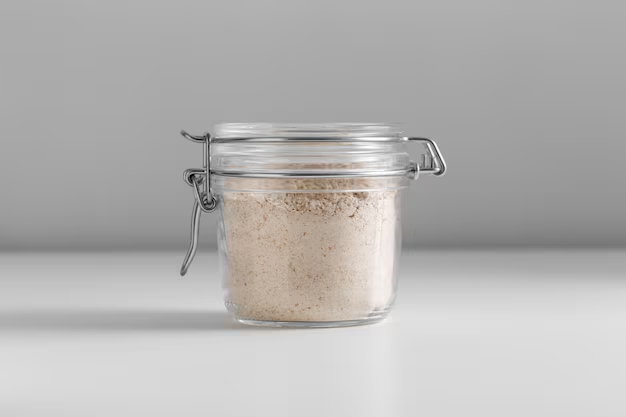How Long Can Flour Last in the Refrigerator?
Flour is a pantry staple found in homes worldwide, essential for baking, thickening sauces, or creating delicious pasta. However, whether you’re an occasional baker or a culinary enthusiast, understanding how to store flour properly is crucial to ensure long-lasting freshness and to prevent it from going to waste. You may find yourself wondering, "Can I refrigerate flour, and if so, how long will it last?" Let's dive into the nitty-gritty of flour storage and unveil the secrets to maximizing its shelf life.
The Basics of Flour Shelf Life
Understanding Flour's Natural Properties
Flour, like many other pantry ingredients, has a shelf life that depends heavily on its type and storage conditions. Generally, flour is categorized into refined white flour and whole grain varieties, with each type having unique characteristics that impact how long it stays fresh.
- White Flour: Typically includes all-purpose, bread, and cake flour. It's made by removing the bran and germ, leaving mostly the endosperm. This process extends its shelf life naturally.
- Whole Grain Flour: Includes whole wheat, rye, and oat flour. Since these retain the germ and bran, they contain more natural oils, which can spoil quickly, reducing shelf life.
Shelf Life Comparison
| Flour Type | Pantry Shelf Life | Refrigerated Shelf Life |
|---|---|---|
| White Flour | 6 - 12 months | Up to 2 years |
| Whole Grain Flour | 1 - 3 months | 6 - 8 months |
How Refrigeration Impacts Flour Longevity
Benefits of Refrigerating Flour
- Prevents Rancidity: Whole grain flours, with their natural oils, can become rancid. In cooler temperatures, oil spoilage is slowed down considerably.
- Discourages Pests: Refrigeration helps keep flour pests like weevils and beetles at bay, a common concern in warmer climates.
Drawbacks to Consider
While refrigerating flour extends shelf life, consider these potential downsides:
- Moisture Exposure: Flour is hygroscopic, meaning it absorbs moisture from its surroundings, which can lead to clumping or spoilage. Therefore, careful packaging is imperative.
- Fragrance Absorption: Flour can absorb strong odors from other stored items in the fridge, potentially altering its flavor.
Tip: Store flour in an airtight container to mitigate these issues.
Proper Storage Techniques for Maximum Freshness
Best Practices for Flour Storage
- Airtight Containers: Use sealed containers made from glass or food-safe plastic to prevent moisture and airtight odors.
- Original Packaging: For short-term storage, keeping flour in the original packaging within an airtight bag can be adequate.
- Labeling & Dating: Always mark containers with the purchase or refrigeration date to monitor freshness.
Optimal Storage Conditions
- Temperature: Maintain a consistent refrigerator setting, ideally below 40°F (4°C).
- Location: Store flour in the main compartment of the fridge, where temperatures are more stable than in the door.
Related Considerations for Flour Storage
Freezing Flour: An Alternative to Refrigeration
For long-term storage, freezing flour is a viable alternative, especially for bulk purchases:
- Extend Shelf Life: Freezing continues to slow spoilage, extending usability by another year or more.
- Preparation: Before using frozen flour, allow it to reach room temperature to ensure optimal baking results.
Identifying Spoiled Flour
Knowing how to detect spoiled flour can help prevent culinary disasters:
- Off Odor: A sour or musty smell is a clear indicator that the flour is no longer usable.
- Color & Texture Change: Discoloration or a shift in texture from smooth to clumpy suggests spoilage.
Using Expired Flour Safely
While expired flour may lose its optimal quality, it often remains usable beyond the printed date if it passes sensory tests.
Summary of Flour Storage Tips 📝
- Choose suitable storage: Always opt for airtight containers to keep out moisture and odors.
- Consider refrigerating or freezing for whole grain flours, which spoil faster than white flour.
- Monitor storage time carefully: Regularly check and date your flour to ensure quality.
- Inspect before use: Look for any signs of spoilage like off-odors or color changes before baking.
By adopting these storage tips, you can ensure that your flour stays fresh and ready for whenever you're inspired to whip up something magical in the kitchen.
Remember: Food storage is about maintaining quality and reducing waste, so implement these storage solutions to make the most out of your pantry and refrigerator investments. Happy baking! 🌟
